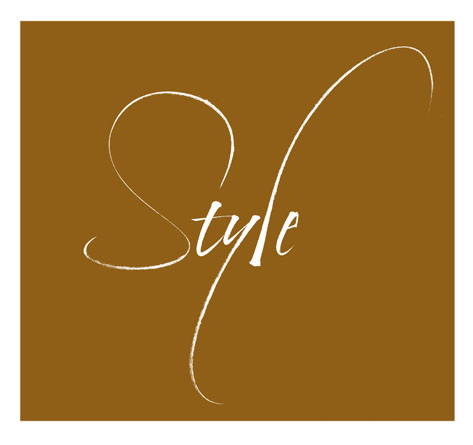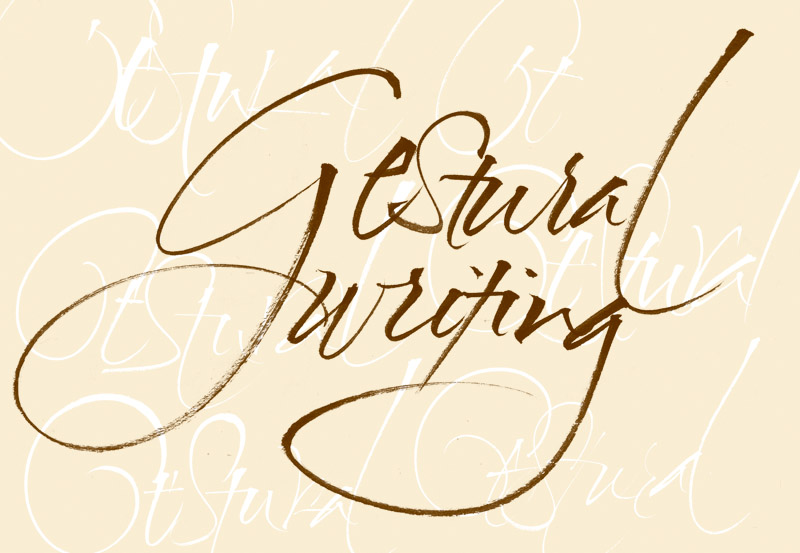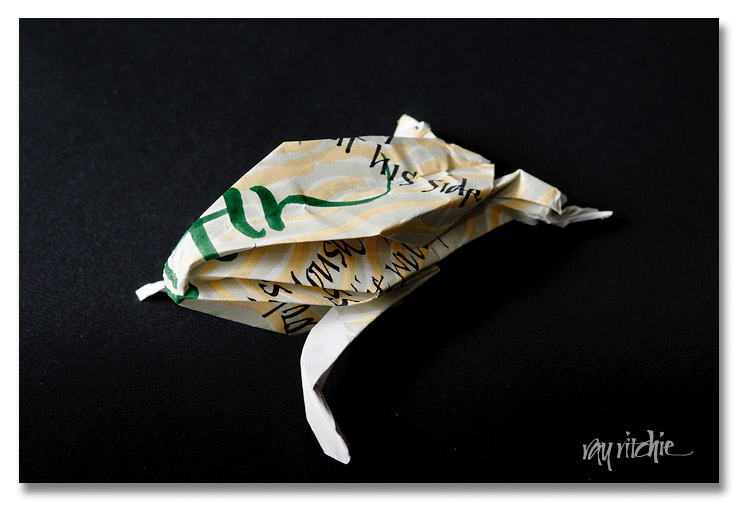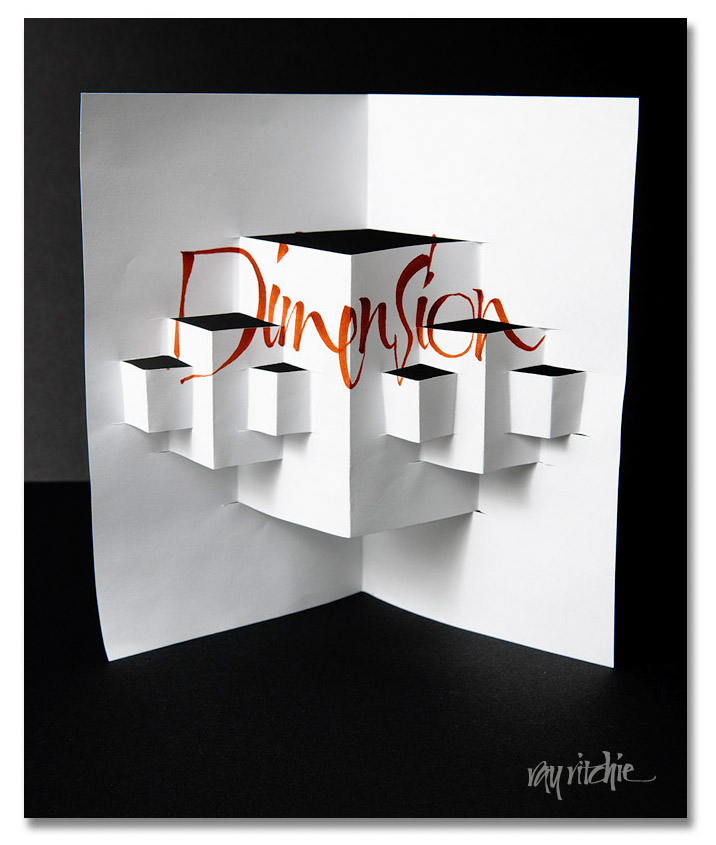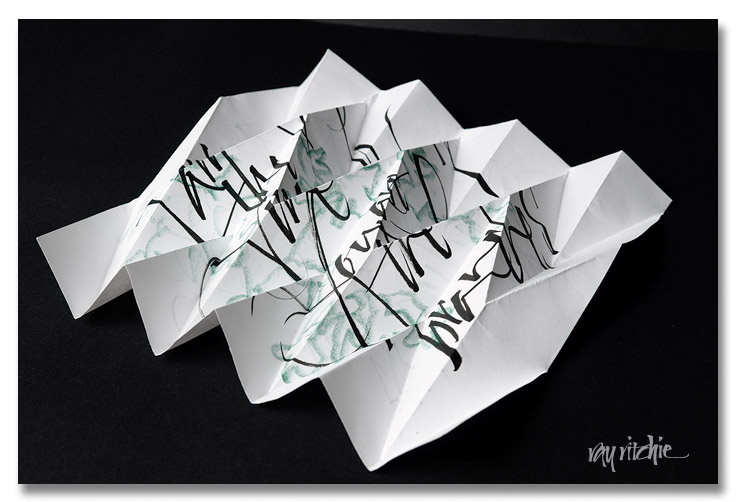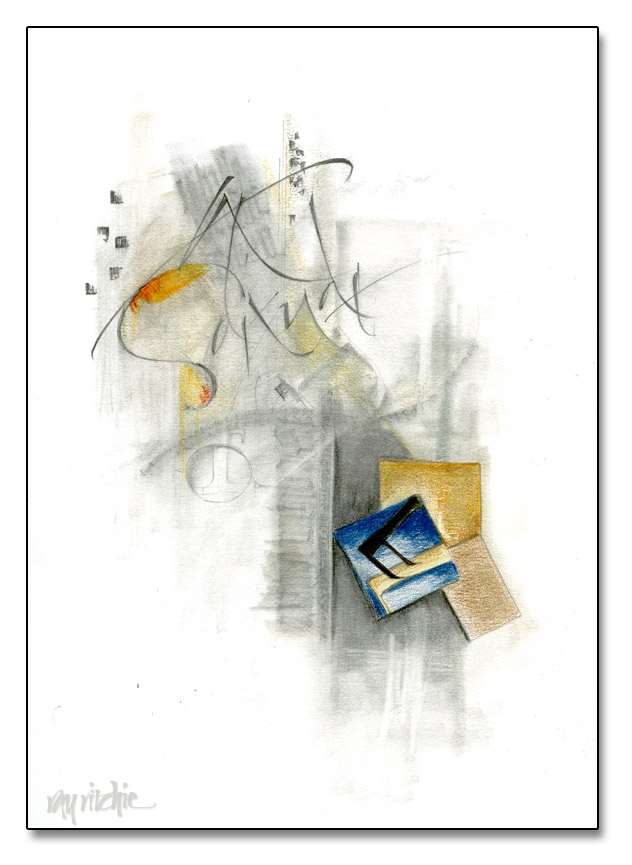This was the callidoodle for the week, as it found its way into my notebook:
The original version was a pencil sketch, and didn’t include the full verse, as the pastor was through the sermon before I finished my sketching. I took the sketch home and re-did it in my sketchbook, using pencil, colored pencils, and a 005 Micron pen.
Having lost my mother in April, I couldn’t help but think of all the cups of water, kindnesses, and love, large and small, that she showed me throughout our lives together. As we’ve been cleaning out her house, we discovered that she had saved every letter and card that any of us had ever sent to her. We haven’t gotten around to reading them all, but it’s been a blessing to us – so much of the details of our lives 40 years ago had faded away into the recesses of my memory. I hope she felt loved as we shared them with her.


